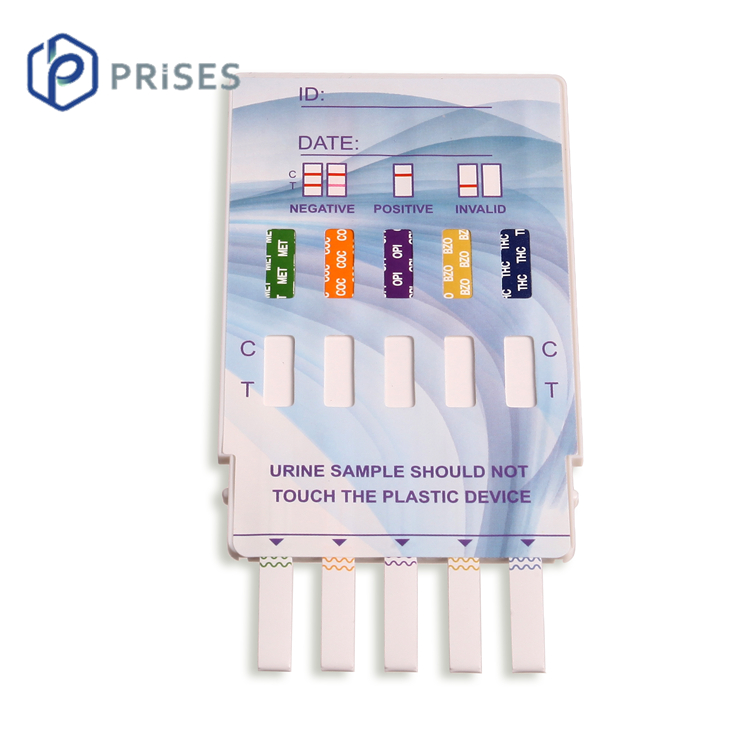Dec . 07, 2024 08:11 Back to list
china dengue detection test
Dengue Detection in China A Comprehensive Approach
Dengue fever, caused by the dengue virus, is a mosquito-borne disease that poses a significant public health challenge in many parts of the world, including China. With an increasing number of reported cases in recent years, the need for effective dengue detection tests has become more pressing than ever. This article explores the current state of dengue detection in China, the importance of rapid testing, and the advances being made in the field.
Dengue fever is endemic in tropical and subtropical regions, and while China has relatively less incidence compared to Southeast Asian countries, the risk of outbreaks remains. The Aedes aegypti and Aedes albopictus mosquitoes, which are responsible for transmitting the dengue virus, thrive in the humid and warm climates of southern China. Urbanization and climate change further complicate efforts to control mosquito populations, creating an urgent need for effective disease surveillance and detection mechanisms.
Dengue Detection in China A Comprehensive Approach
One of the promising advancements in dengue detection in China is the use of molecular methods, particularly reverse transcription-polymerase chain reaction (RT-PCR). This technique allows for the direct detection of the dengue virus RNA in patient samples, providing results within hours rather than days. RT-PCR is highly sensitive and can differentiate between the four serotypes of the dengue virus, which is crucial for understanding the epidemiology of the disease and tailoring public health responses.
china dengue detection test

Another significant development is the introduction of rapid diagnostic tests (RDTs) that can be performed in field settings. These tests typically rely on immunochromatographic methods to detect dengue-specific antigens or antibodies in blood samples. The ability to obtain results in less than 30 minutes makes RDTs a valuable tool in regions with limited access to laboratory facilities. In the context of China, where remote areas may lack advanced medical infrastructure, RDTs can enhance the capacity for early detection and facilitate prompt disease management.
Furthermore, research institutes and universities across China are actively involved in the development of novel dengue detection technologies. Innovations in biosensors and microfluidics have the potential to revolutionize how dengue is diagnosed. These technologies aim to provide highly sensitive, specific, and cost-effective solutions that can be deployed in various healthcare settings, from urban hospitals to rural clinics.
Public health strategies in China also emphasize the importance of integrated vector management (IVM) alongside effective dengue detection efforts. By controlling mosquito populations through environmental management and community engagement, the incidence of dengue can be reduced. Education and awareness campaigns play a vital role in informing the public about preventive measures, such as eliminating standing water and using mosquito repellents.
In conclusion, dengue fever remains a significant public health concern in China, necessitating robust detection methods to manage outbreaks effectively. The introduction of advanced testing technologies, such as RT-PCR and rapid diagnostic tests, represents a crucial step toward improving the timely diagnosis of dengue. Coupled with comprehensive vector control strategies and public awareness initiatives, these efforts can potentially reduce the burden of dengue fever and improve health outcomes for affected populations. As research continues to advance, China's response to dengue detection will become increasingly effective, aiming to safeguard public health and prevent future outbreaks.
-
Highly Accurate hCG Pregnancy Test Strips - 5 Min Results
NewsAug.02,2025
-
Premium Empty ABS Plastic Cassettes: Durable & Lightweight Storage
NewsAug.01,2025
-
Accurate Cocaine (Coc) Rapid Test Kit | Fast & Reliable Detection
NewsJul.31,2025
-
Accurate HCG Pregnancy Test Strips | Fast Home Use Kit
NewsJul.31,2025
-
Reliable Early Pregnancy Test Kit Supplier - Multi Plastic Cassette Options
NewsJul.30,2025
-
Transferrin Rapid Test Cassette – Reliable Tumor Marker Detection
NewsJul.29,2025

